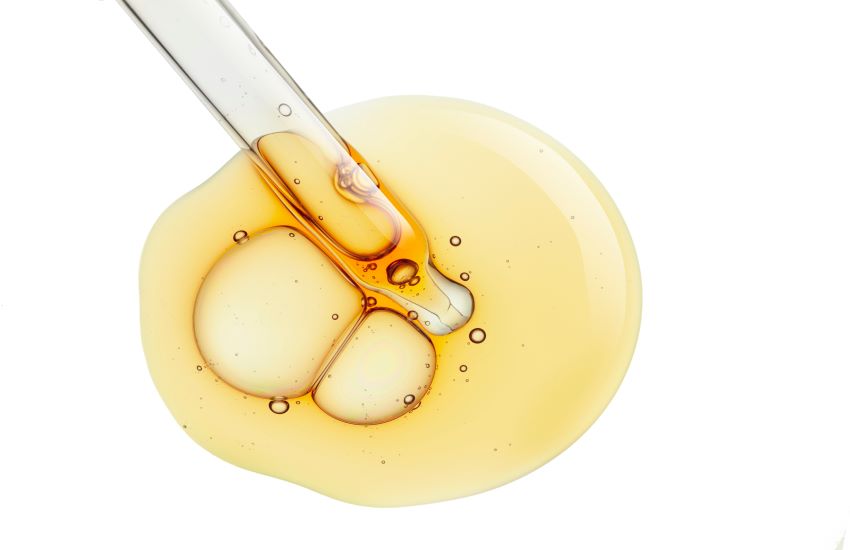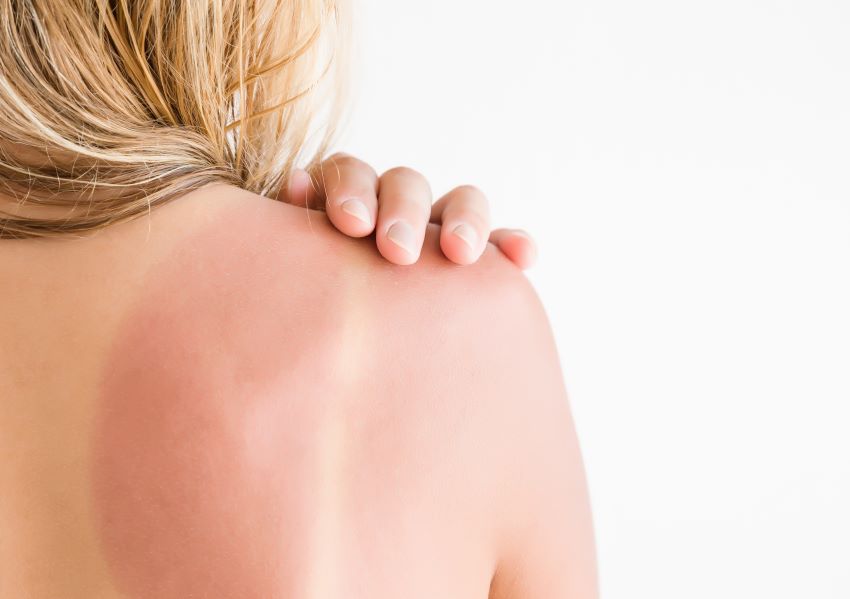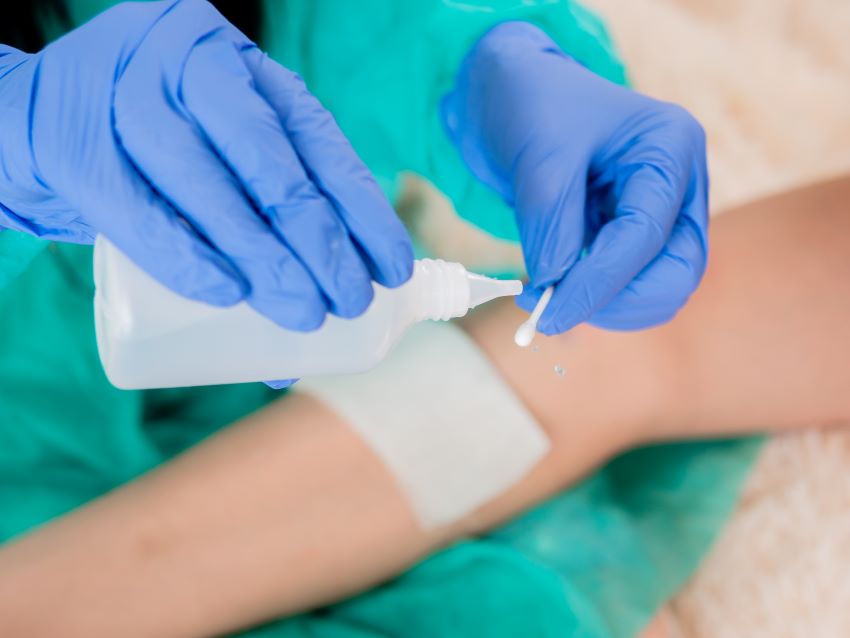As the health and wellness industry continues to grow, it can be difficult to determine which are the best vitamins…

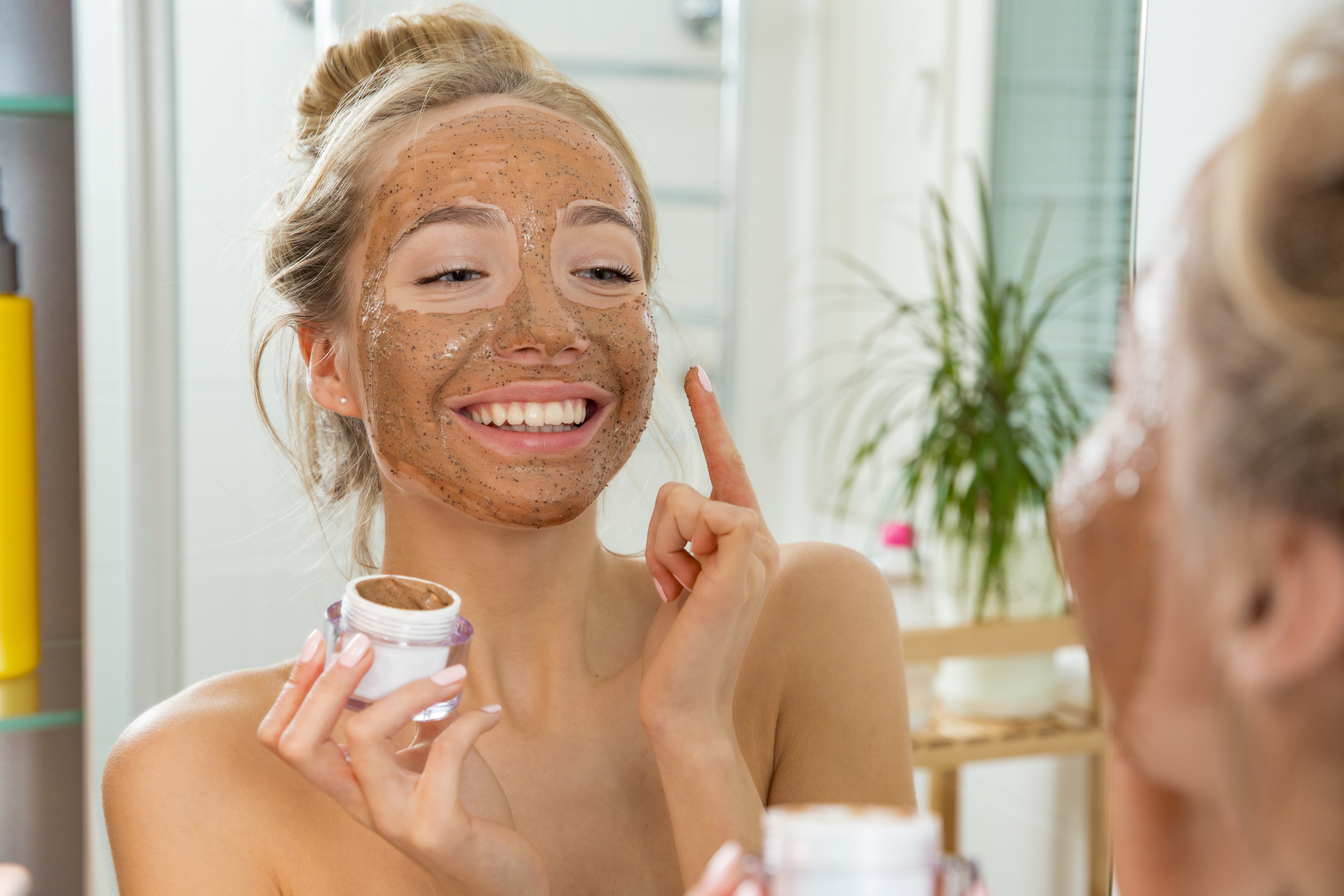 Healthy Skin
Healthy Skin
How to Build the Best Teenage Skin Care Routine
Teenage skin can be super sensitive and need some ultra care, since puberty hits right around that age. Teenage skin is also very prone to acne, which is why creating a teenage skin care routine during this time is important. If you’re interested in learning more about ‘why do teenagers get acne’ or ‘at what age does acne go away,’ we’ve written about these topics in detail on our blog.
Finding the right routine for your individual skin can take some trial and error, but once you find the perfect routine, you can stick to it for years! You can buy acne cream online if you struggle with acne or visit an acne pharmacy to find the right products for your skin.
Here’s how you can build the best teenage skin care routine for young and healthy skin:
Step 1: Cleanse
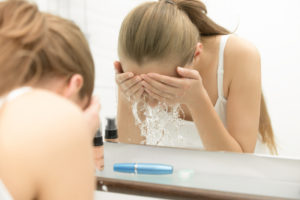
Whether a teenager’s skin ranges from oily to dry, there are effective cleansing face washes out there for every skin type! The best way to cleanse your face is with a safe and reliable face wash. You should cleanse your face in the morning and before you go to bed. After sweating, try to wash your face as soon as possible. To find the best face wash for you, ensure to read the label on any cleanser you are considering purchasing.
For oily skin: Look for an oil-control face wash, ones that contain charcoal are extremely effective.
Dry Skin: Find a cleanser that gets rid of grime and skin flaws without stripping the skin of its natural oils. A hydrating face wash that is soap free is ideally the best choice (especially those that contain glycerin or essential oils).
Sensitive Skin: Obtain a thick, creamy foam with soothing ingredients such as aloe vera, willow bark, and witch hazel.
Normal Skin: With this skin type, you can most likely get away with any face wash, as long as it does not contain harmful chemicals! Try to find potent, yet not drying cleansers that include:
- Anti-aging
- Toning
- Hydrating
Combination skin: Look for a formula that balances a deep cleaning while providing hydration for teen skin. An ideal face wash for combination skin is one that protects the skin’s lipid barrier (fat cells that keep our skin hydrated).
Step 2: Exfoliate
Exfoliating your skin is a great way to remove dead skin cells from the surface. What is important about this process is that if it is not done correctly, it could hurt your skin more than help. For teens, exfoliating is a must, but be careful when choosing which product to use.
Depending on a teenagers skin type, it is vital to be aware of what skin type you have:
- Sensitive skin may be prone to stinging or burning after using a product.
- Normal skin is one that’s not oily or dry, but well balanced
- Dry skin can feel tight or itchy and look dull, flakey, or rough.
- Oily Skin produces excess oil and looks shiny and greasy
- Combination skin is a combination of oily and dry skin, oily in some parts and dry in others.
There are two different ways of exfoliating:
- Mechanical – Will physically remove dead skin cells(with a tool, ex. body brush) from your skin’s top layer.
- Chemical – Acids that rid dead skin cells. (ex. cleanser or toners)
To properly choose which method to utilize while preventing skin damage, dermatologists have recommended these handy tips:
- Contemplate the current products used in your skin care. Observe if your skin has become more sensitive or started to peel since you began using specific medicine, like over the counter or prescription, or a certain skin care product. Avoid exfoliating alongside products that cause your skin to become more sensitive as it may dry out your skin more and cause acne.
- Pick an exfoliation routine that works for your skin type.
- Dry, sensitive, or acne prone skin: Maybe just a washcloth with a mild chemical exfoliator.
- Oily skin: Start using strong chemical treatments or mechanical exfoliation.
- For a reasonable amount people, especially those with darker skin tones: exfoliation methods that are more aggressive may cause dark spots to develop on the skin, so choose a gentle way to clean your dead skin off.
- Be gentle with your skin. Whenever applying a product, gently rub it into your skin with your fingers in circular motions for at least 30 seconds. Then, rinse off with lukewarm water. If you use a brush or sponge to exfoliate, administer short and light strokes.
- Make sure to end with moisturizer. When you exfoliate, your skin can dry out, so be sure to apply a suitable moisturizer afterward to keep your skin hydrated and healthy.
- Find a skin care routine that fits your schedule. Considering what your skin type is and the exfoliation method you use, how often you exfoliate may vary. Overall, the more aggressive the exfoliation method, the less often you need to. Over-exfoliating can lead to irritated and red skin.
Step 3: Hydrate
Often people confuse dehydrated skin with dry skin…so what’s the difference? Dehydrated skin, which can be flakey, dull, and dry, lacks water, while dry skin lacks sebum (which keeps your skin hydrated by providing natural oils to the top layer). Dry skin can also be a result of a medication being taken or disease.
To see whether your skin is dry OR dehydrated, which symptoms fit your skin?
Dehydrated skin:
- Dull and uneven looking skin
- Dark circles around eyes
- Itchiness
- Fine lines and wrinkles(not from aging)
- Dry mouth
- Puffy eyes
- Increased sensitivity
Dry skin:
- Itchiness
- Flakiness
- Redness
- Skin Irritation
How to Manage Dehydrated Skin
If your skin has the symptoms of dehydrated skin, here are some tips on how to fix it:
Drink a decent amount of water
The most important part of hydrating your skin is first hydrating your body. Drinking at least 8 glasses of water every day is recommended to stay healthily hydrated.
Use hydrating skin care products
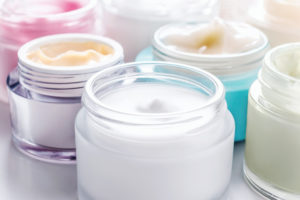
Using Water-based creams for dehydrated skin is best. Skin care products that contain glycerin, hyaluronic acid, urea, and ammonium, for example, are great at locking in hydration.
Avoid hot and long showers
Bathing for long hours can destroy your skin’s outer layer. Long and hot showers will dehydrate your skin by stripping it of moisture content and natural oils. Bathing with lukewarm water is ideal.
Utilize Face Masks/Sheets
Hydrating face masks are great products to include in your daily skin routine. Face masks, specially made for hydration, keep skin plump and moist.
Humidifiers
Humidifiers are wonderful for hydrating skin when the environment around you has a low moisture content, especially during dry winter months.
Sunscreen is a MUST
The sun can dehydrate the skin immensely! Sunscreen can help prevent premature skin aging and deadly skin cancers while also moisturizing your skin’s barrier. Using sunscreen preserves your skin’s moisture and helps maintain appropriate amounts of collagen and elastin within your skin, which are responsible for its strength and elasticity.
Consume foods rich in water
Fruits and vegetables contain amounts of water that can help moisturize and liven up your skin. Citrus based fruits like lemons are packed with juice and Vitamin C, which is a key to maintaining hydrated skin.
Reduce caffeine and alcohol intake
Caffeine and alcohol cause tight and dehydrated skin. Limit your intake when drinking alcohol or caffeine to keep your skin in the best shape.
Exfoliating!
As we discussed earlier, exfoliating is important for clear and healthy looking skin as it gets rid of dead skin cells, flakes, oil clogged in your pores, and more. Remember to not over-cleanse, which can lead to even dryer skin!
Moisturize
Moisturize with a safe moisturizing skin care product or a natural remedy, such as honey or milk. Moisturize when you wake up and before you sleep.
Creating the right skin care routine for each skin type is important, especially for a teenager who’s prone to teenage acne. With the right skin care products, one is able to combat acne. Creating a special skin care regime can also avoid clogging the skin’s pores, especially if you have oily skin, and can avoid causing blackheads or pimple breakouts that arise from not taking care of the skin.
For a teenager, developing a skin care routine can last a lifetime and help protect their young skin while going through hormonal changes. Shop on our website to start observing products that are right for you, and begin your skin care journey!
Sources
- How to Pick the Right Facial Cleanser for Your Skin Type.” Birchbox United States, https://www.birchbox.com/guide/article/how-to-pick-the-right-face-wash.
- How to Safely Exfoliate at Home.” American Academy of Dermatology, https://www.aad.org/public/everyday-care/skin-care-secrets/routine/safely-exfoliate-at-home.
- Written By Pound Kakar On January 29. “How to Keep Your Skin Hydrated? (with 10 Simple Tips).” SkinKraft, 29 Jan. 2020, https://skinkraft.com/blogs/articles/how-to-hydrate-your-skin.
This blog is based on research and/or other scientific articles and is written by our experienced Chief Strategy Officer and Pharmacist, Ronak Desai. This blog is fact checked by our educated Pharmacist in Charge, Darshan Patel, who additionally runs our Apotheco Manhattan location.
Here at Apotheco Pharmacy Group, our goal is to provide the most up to date and accurate information on health and dermatology related topics. We do this to ensure our readers can make informed decisions based on factual content. All blogs undergo an extensive review process before posted.
This blog contains trusted sources. All sources are listed at the bottom of this article with hyperlinks that take you directly to the source.


